Company History
Parrot Products (Pty) Ltd, a supplier of presentation and signage products, was established in 1992, operating from small premises in Cleveland Johannesburg with a total of three product lines. Today we operate from a site spanning over 12000m2 with a total of over 2000 line items.
Production facilities
Our production facility is a fully customised engineering solution – geared to manufacture and produce the components required in our manufacturing and assembly processes. Automation of our manufacturing process ensures consistency and quality of all manufactured products.
Product Range
Based on the decision of the company to diversify and provide specific focus to relatively new product lines, Parrot Products now have three main divisions:
Parrot Products – The manufacture, supply and distribution of Presentation Products, Office Equipment and Desktop Stationery.
Parrot Interactive – Following the technological advances in the education, presentation and training sectors this division focusses on the supply and distribution of electronic presentation products and accessories.
Parrot Signage – The manufacture, supply and distribution of modular aluminium signage.
Our Research and Development team continue to research both potential finished product and raw materials across the globe to enhance our existing range.
Warehouse and Distribution facilities
Our Range Next Day ensures delivery of all stock product lines next day and is facilitated by fully stocked distribution warehouses in Johannesburg, Bloemfontein, Kwa Zulu Natal, Western Cape, Eastern Cape and Namibia.
A fleet of 40 vehicles across the country supports this vision and has earned us the acknowledgement, amongst our dealer base, of being one of the best suppliers in the industry.
All warehouses boast a fully computerised, paperless picking system enabling fast and accurate deliveries to our client base.
The Parrot range of products are also well represented in Botswana, Zimbabwe, Mozambique and Zambia.
Call Centre
Our national call centre consists of a team of highly trained individuals, available to offer advice, product knowledge, process quotes, orders and arrange installation of any one of our product lines.
Sales and Marketing
Parrot boasts a sales presence throughout Sub Saharan Africa, offering value add calls to each of our Dealers. Our sales force understands the importance of a well-informed dealer base and to this end conduct regular product training sessions on site and customer days at regular intervals at any one of our branches.
The sales team are effective in identifying opportunities at our Dealer base for implementation of any one of a number of marketing tools we have designed to ensure the sale of any of our product lines is supported and effective.
Highly professional showrooms at each of our branches welcomes dealers and customers to view our exciting range of products.
Our newly designed website incorporates our entire product offering. Dealers who register on our website are able to place orders at a discounted rate on line as well as view existing orders, invoices, statements, credit notes and PODs’.
Instruction manuals, installation videos, price lists and dealer resources are available at the push of a button.
Parrot Products (Pty) Ltd can be contacted on 0861262737 or sales@parrot.co.za. Our business hours are from Monday to Friday 07h30 to 17h30.
History of surrounding areas around Parrot Products (Pty) Ltd - Cleveland
History of Johannesburg:
It is interesting to acknowledge the existing buildings' place within the context of the development of Johannesburg as a whole.
Johannesburg was founded in 1886 to service the needs of the mines on the Witwatersrand. Within fourteen years it had become the largest city in southern Africa as well as the country's foremost centre for industry, commerce and finance. Its growth was so phenomenal that it transformed from a tented camp in 1886, to a fully-fledged town of permanent multi-storey buildings in 1890.
Johannesburg was accorded city status on September 5, 1928 just 9 years before the date on the parapet of the Laher Building.
By the time its gold mines began to close down in the 1930s, Johannesburg's economy had moved firmly into secondary manufacture, and by the 1960s it had become a centre for international finance.
History of the area:
Cleveland is sandwiched between Malvern in the north and the railway line in the south. It is a small suburb some eight kilometres east of the city, and probably dates hack to 1896, when Cleveland Railway Station appears in a report of the Railway Commissioner. It's likely that for some time there was not much else in Cleveland but the railway station, except for the rapidly growing population at Jumper's Mine, south of the railway line.
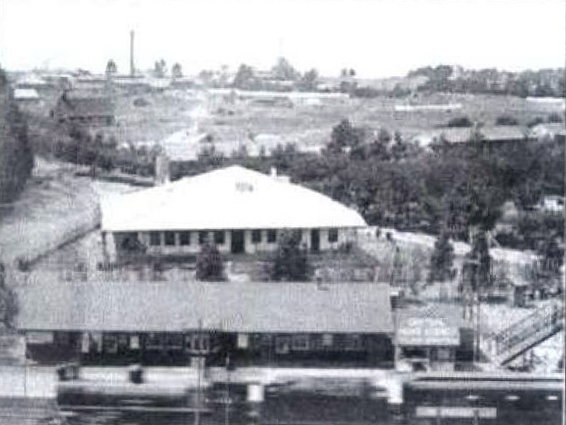
Cleveland Railway Station
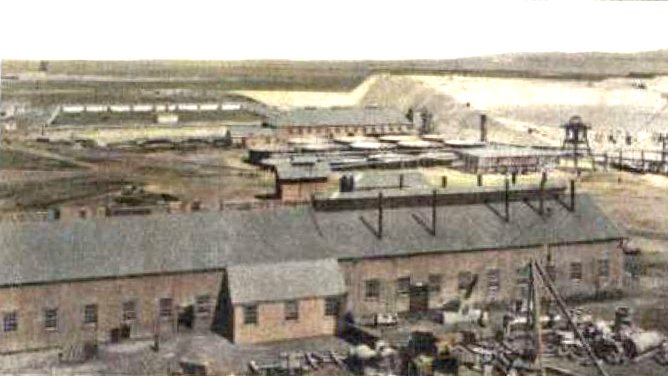
Jumper's Mine
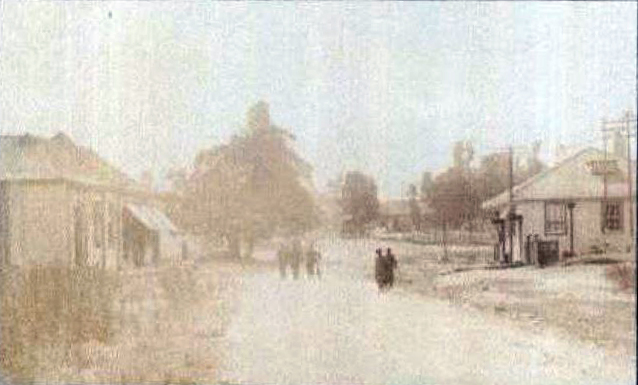
Somewhere in Cleveland showing a Post Office and a Bank c1900
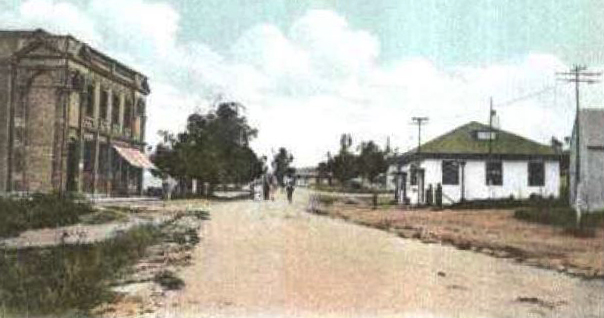
Somewhere in Cleveland showing a Post Office and a Bank c1911
Research has not revealed much information on Cleveland itself. However the area has been referred to in other reports.
The following extract is taken from: http://www.joburg.org.za/
Malvern/Cleveland:
Malvern dates back to 1889, and was closely linked to the Jumpers Mine across the railway line in neighbouring Cleveland.
There is still evidence of the suburb's age: the Methodist Church is 107 years old and the Masonic Temple, on Cleveland Road, was built in 1902 (Gable reads 1913).
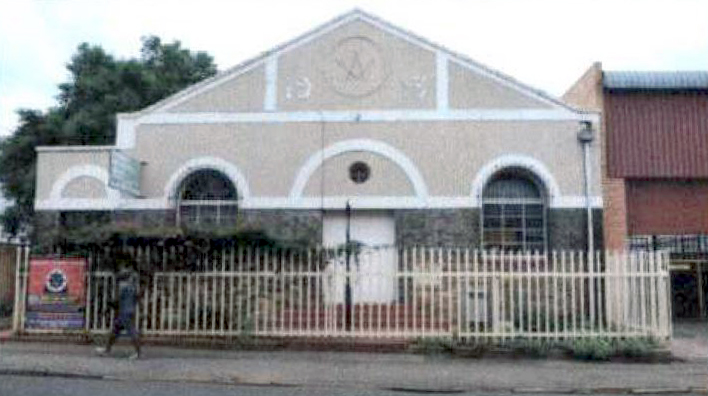
Masonic Temple
The St Patrick's Anglican Church in St Frusquin Street was built in 1903 in Cleveland and moved brick by brick from there to Malvern.
The Police Station:
The following extracts are taken from: www.Joburgnews.co.za
Cleveland Police Station, one of the city's oldest police stations, turned 100 in 2003. It is located opposite the existing buildings on Cleveland Road.
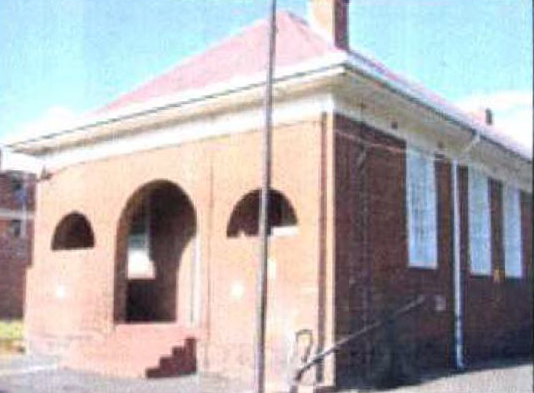
Cleveland Police Station
Although there was a police presence in the area from 1903, the police station was built later in 1910 on land donated by Jumper's Mine. In the interim, Jumper's Mine donated the use of mine property in the form of five rooms and stables to the Cleveland Police.
The original buildings still stand today. The main building is a long single storey structure, with an attractive pillared entrance on either side with a row of sash windows in between the two entrances. This façade is no longer visible as a high wall has been built a metre or two in front of it, with the new entrance now positioned around the back of the building. In the 1960s barracks were built south of the original buildings to house the officers who come from out of town.
Origins of Cleveland:
There's some dispute as to how the suburb got its name, and at times in its early days, it was even referred to as "Tooronga". Anna Smith in her Johannesburg Street Names gives several possibilities and concludes as follows:
'But the most likely possibility is that an Australian, Florence Richards, who owned the land and in 1907 applied for permission to lay out a township of Cleveland, named the suburb after a street in her home town of Melbourne. It seems that at first the names Cleveland and Tooronga (also a street name in Melbourne) were used interchangeably. Tooronga was dropped at some stage, and given to one of the streets in the suburb. Several of the other street names have an Australian connection - Myrnong, another street in Melbourne, and Dandenong, a town in Victoria.' Myrnong runs in an east west direction on the north boundary of the Police Station.
From hearsay: The existing buildings, have had different uses during their lifetime ranging from a convenience store for the mining compound, a bicycle shop, a doctors surgery, and more recently a take away, car sales and a furniture restoration workshop to name a few.